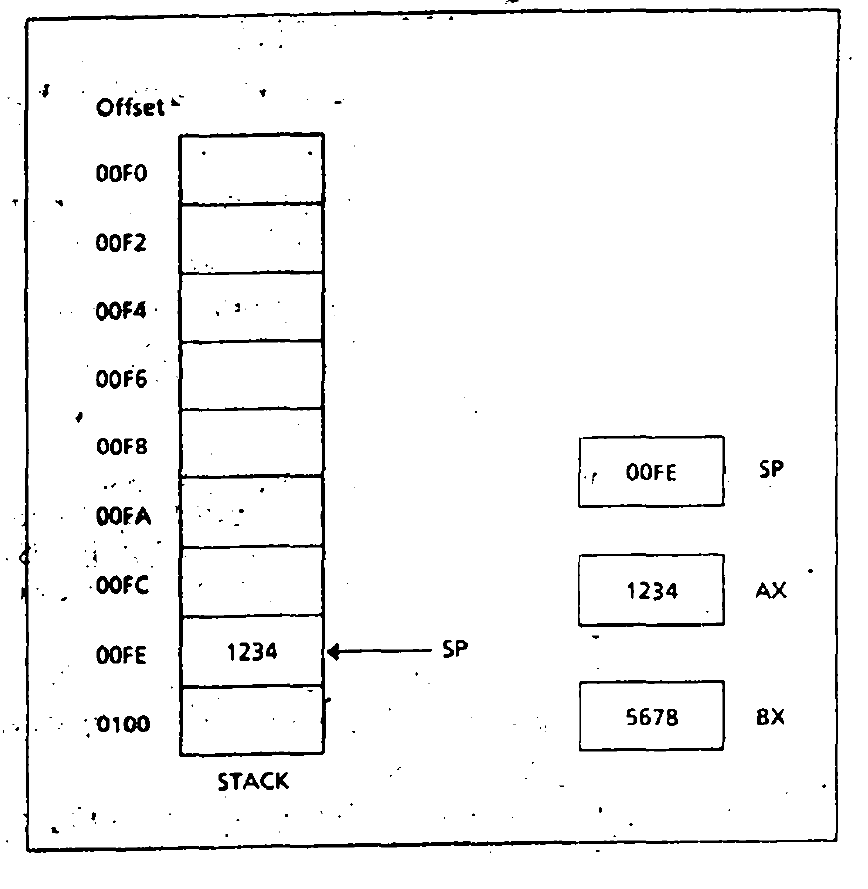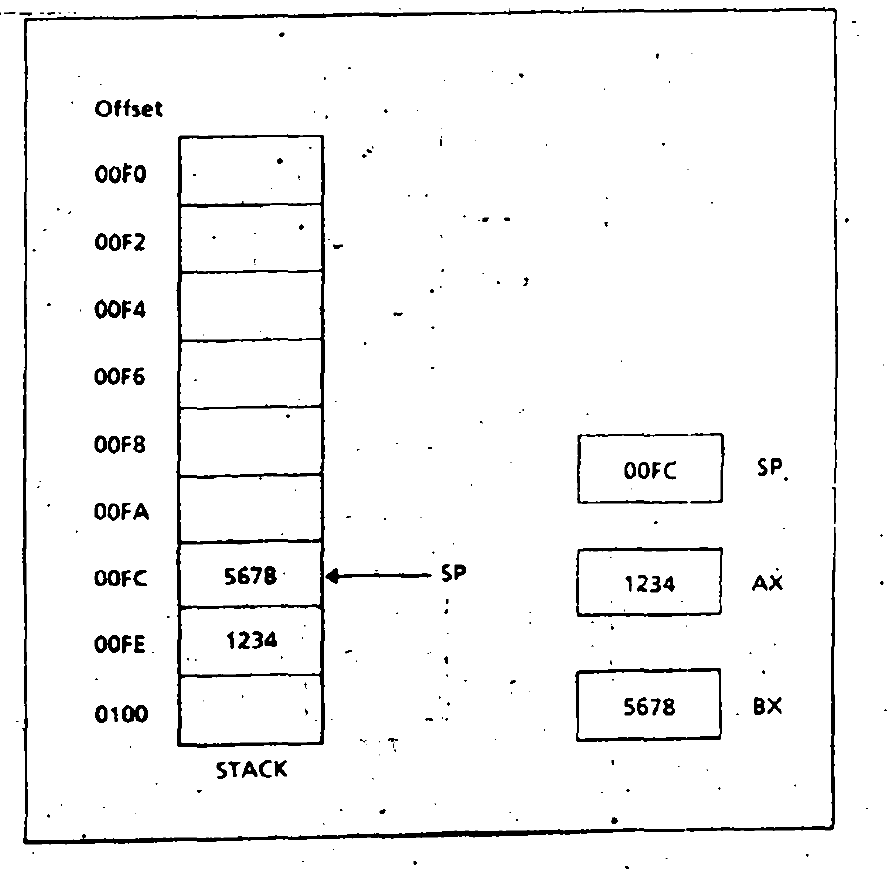What are the Registers?
Different types of registers in computer . Registers are the temporary storage elements that store the result of different mathematical or logical operations performed by ALU in CPU.
Types of registers
Different types of registers are used for different purposes. They are:
- General Purpose registers
- Special Purpose registers
General Purpose registers
Usually the general purpose registers that are found in microprocessor are AX (Auxiliary register), BX register (Base Index register), ES (Extra segment register.
The general purpose registers are used for storing the address of a memory location. While AX register is used to hold the value after a mathematical or logical operation. It is necessary to perform all types of mathematical operations: addition, subtraction, multiplication, and division with one of the operands stored in AX register.
Code segment register holds the starting address of memory where code is stored. Then we need an offset address for accessing any particular command in the code segment.
Special Purpose registers
Special purpose registers are used for performing specific task. They have dedicated responsibilities or functions in computer. Some of the special purpose registers are : stack pointer (SP) , Instruction pointer (IP)
What is the stack pointer register?
The stack pointer is a special purpose register and it is used with the stack segment register for moving inside the stack. In order to store or read the data from the stack, the stack pointer is used. All the pushing and popping operations are performed with the help of stack pointer.


Also read here
https://eevibes.com/computing/introduction-to-computing/describe-the-database-management-system/